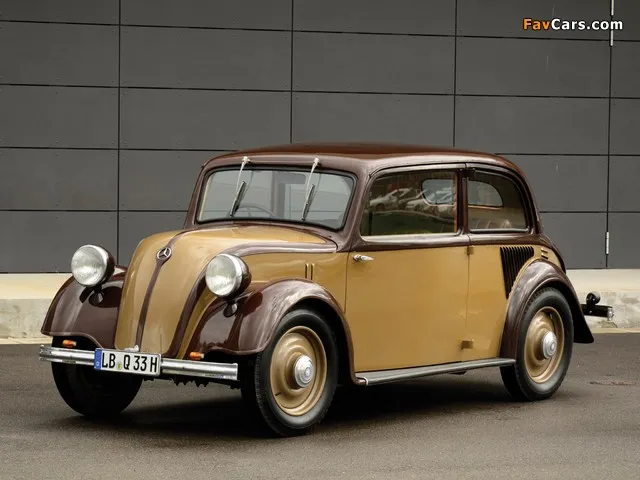The history of automobiles is full of examples of models that, despite being innovative for their time, failed to achieve the expected sales success. One such iconic case is the Mercedes-Benz 130, a vehicle launched in 1933 that, although it was the first rear-engined mass-market car from the German brand, was far from conquering the market. Today, looking back, it is possible to understand the impact that this model had on the industry and the reasons for its commercial failure. Let's delve into this fascinating story and discover why the Mercedes-Benz 130 is known as the “Beetle” of Mercedes-Benz.
The Birth of a Visionary
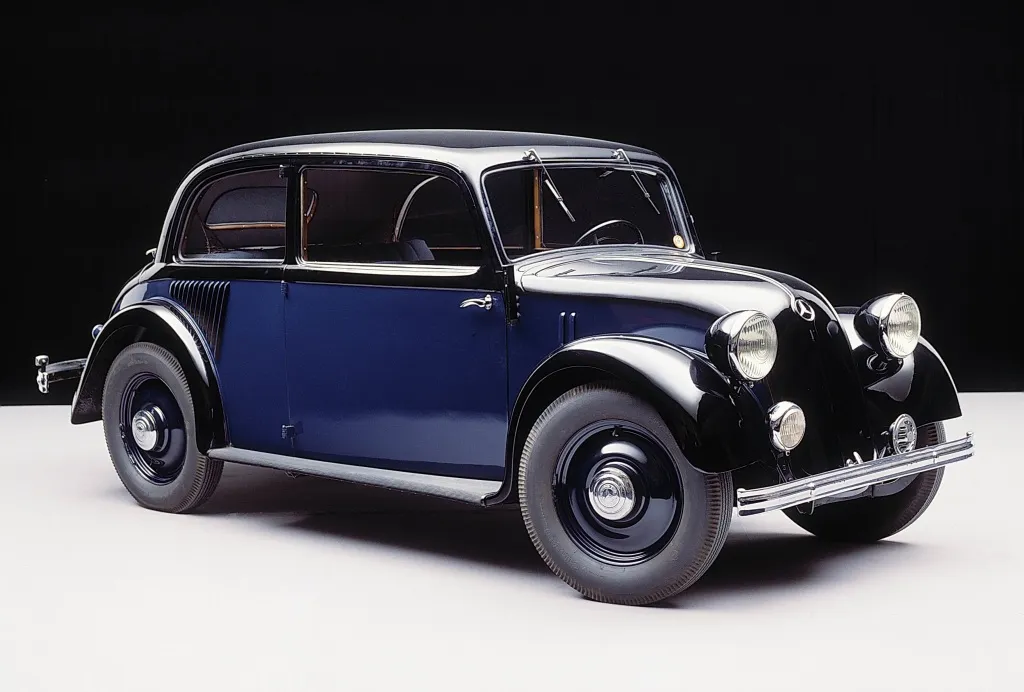
In 1933, Mercedes-Benz decided to enter the compact and affordable vehicle segment. The goal was to create a car that combined small size with the comfort and sophistication typical of the brand. To achieve this, the company took a bold approach: it positioned a rear-mounted 1.3-liter, four-cylinder, water-cooled engine that delivered modest 26 hp of power. This choice was revolutionary for the time, as it allowed for better use of the interior space and favored an innovative aerodynamic design.
This engine and mechanical layout were not exclusive to the 130. Mercedes-Benz used the same assembly in the 150 Sport Roadster and in 150 Sport Saloon, produced between 1934 and 1936. These sports models were an attempt to explore the potential of the rear engine, but they also did not achieve the desired success.
The Difficulty in Winning Conservative Customers
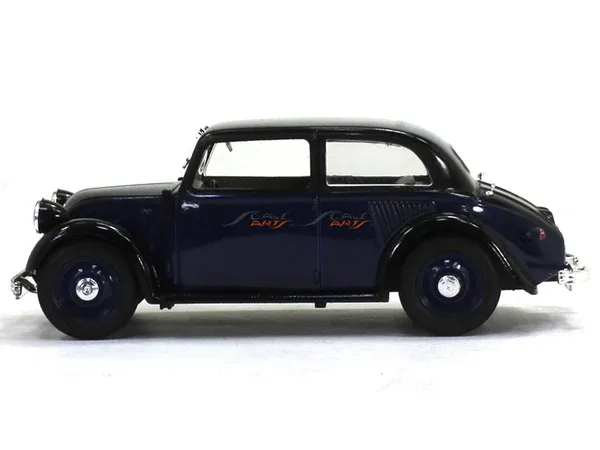
Although technically advanced, the Mercedes-Benz 130 faced a major challenge: resistance from the brand's traditional consumers. Buyers were accustomed to vehicles like the luxurious 770K, used by figures such as Adolf Hitler, which featured an imposing front grille with the three-pointed star emblem. In contrast, the 130 completely abandoned this classic design, opting for modern lines and a simplified front end.
This radical change in styling was poorly received. Many customers considered the car too different and bold for Mercedes-Benz standards. As a result, sales were disappointing: only 4,427 units of the Mercedes-Benz 130 were produced between 1933 and 1936. For comparison, the more expensive and conservatively designed W15 model sold 9,155 units in the same period.
The Attempt to Save the Concept with the 170H
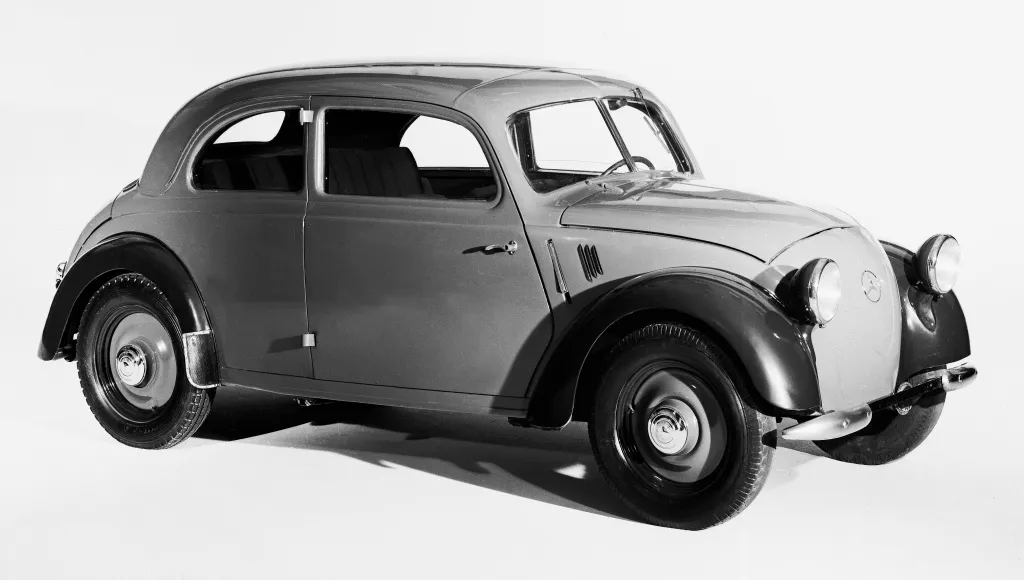
In 1935, Mercedes-Benz launched the 170H, a replacement for the 130 that featured more harmonious lines and a larger engine, 1.7 liters and 38 hp of power. Despite the improvements, the model was unable to overcome market resistance. At the same time, the brand launched the 170V, which used the same engine as the 170H, but with front-wheel drive and a more traditional design. The latter became a great success, with 67,579 units sold between 1935 and 1939, while the 170H was discontinued in 1939 after production of only 1,507 units.
World War II and the Decline of the Mercedes-Benz 170H
With the outbreak of World War II, many 170H models were deemed unsuitable for military use. However, after the war, the car gained popularity in Germany, where there was a great demand for cheap and affordable vehicles. Despite this, most 170Hs ended up scrapped in the following years, making it one of the rarest Mercedes-Benz automobiles.
Today, the few remaining examples of the Mercedes-Benz 130 and 170H are collector's items, valued for their innovation and the role they played in the brand's history.
The Legacy of the Mercedes-Benz “Beetle”
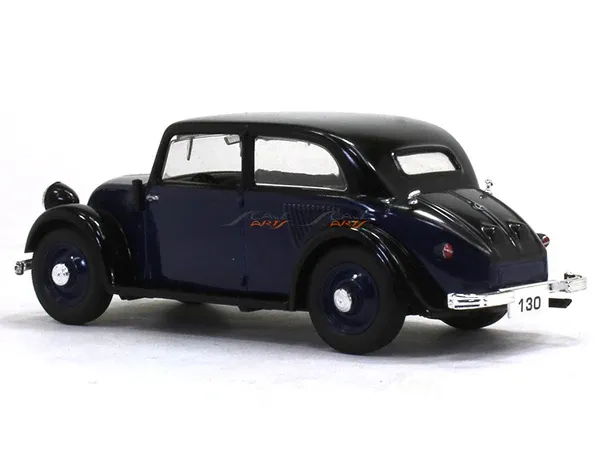
Although the Mercedes-Benz 130 did not excel in sales, it left an important legacy. Its rear-engine concept directly influenced the development of the Volkswagen Kombi It's from beetle, designed by Ferdinand Porsche, who also participated in the development of Mercedes-Benz models in the 1930s. These popular German vehicles became global icons, proving that the rear-engine idea had the potential for success.
A Look at the Present
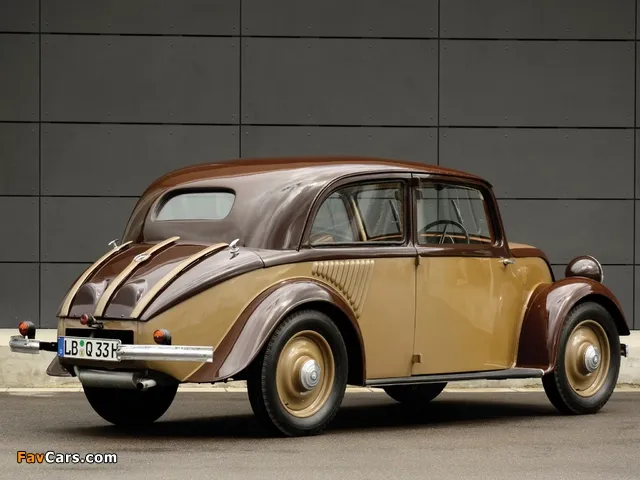
In 2024, the rare Mercedes-Benz 130 and 170H are museum pieces and stars at classic car auctions. A well-preserved example can fetch impressive values, with estimates ranging from R$ 500 thousand and R$ 1 million, depending on the condition and authenticity of the vehicle. These models are a testament to how innovation often takes time to be recognized.
If you’re passionate about classic cars and automotive history, the Mercedes-Benz 130 is a piece of work that deserves your respect. It represents the boldness of a brand to explore new paths and challenge the conventions of its time. Even with its mistakes, it paved the way for the development of vehicles that would later define an era.
Conclusion
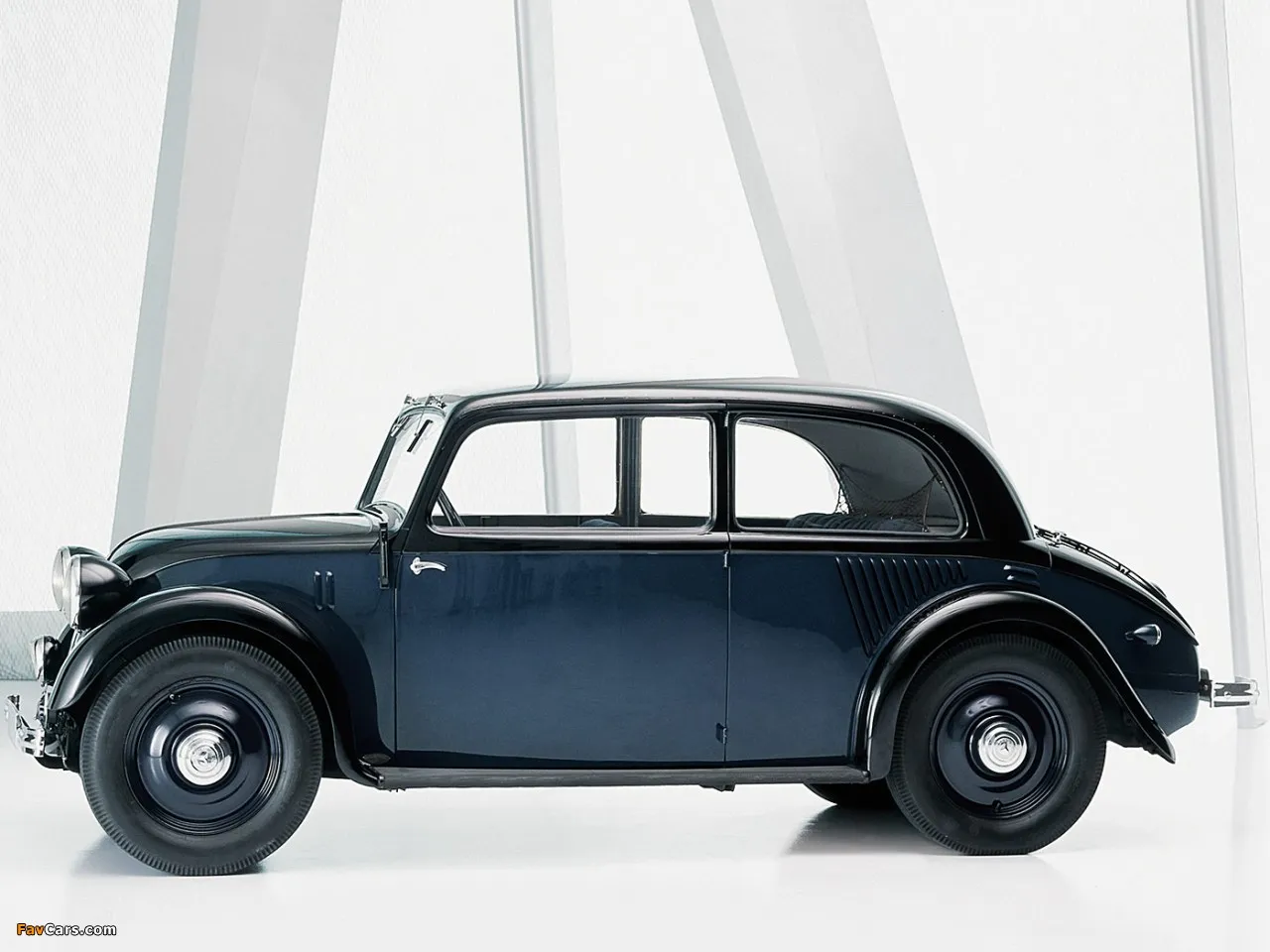
The story of the Mercedes-Benz 130 teaches us that innovation is not always immediately rewarded. In a world where conservatism often prevails, being a pioneer can be a challenge. However, the Mercedes-Benz “Beetle” proved that even failures can leave a lasting impact on the automotive industry. So the next time you see one Volkswagen Kombi or a Beetle, remember that they may have inherited part of their essence from this innovative Mercedes-Benz model.
